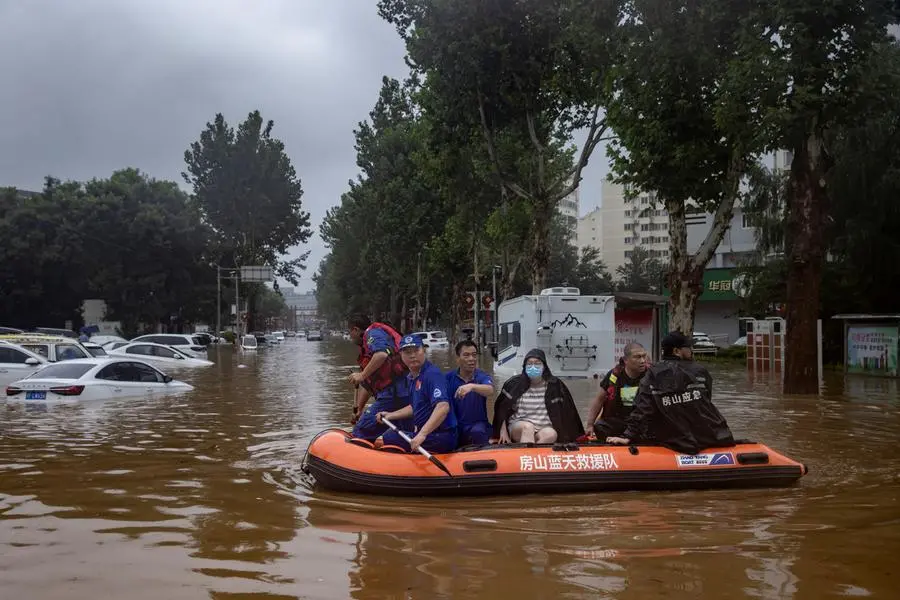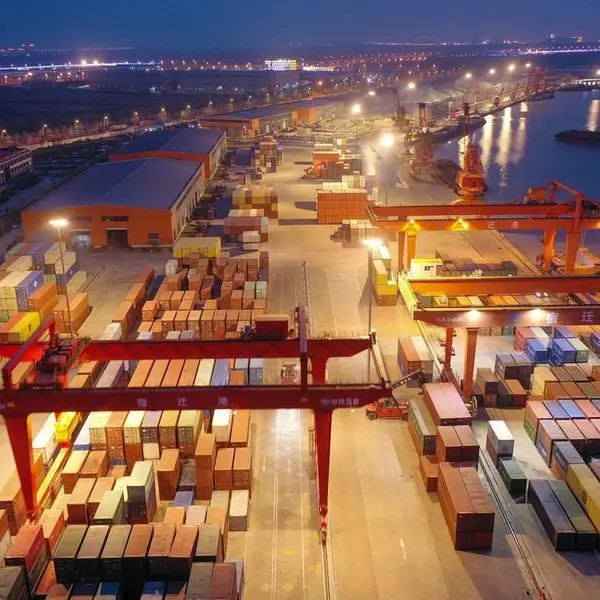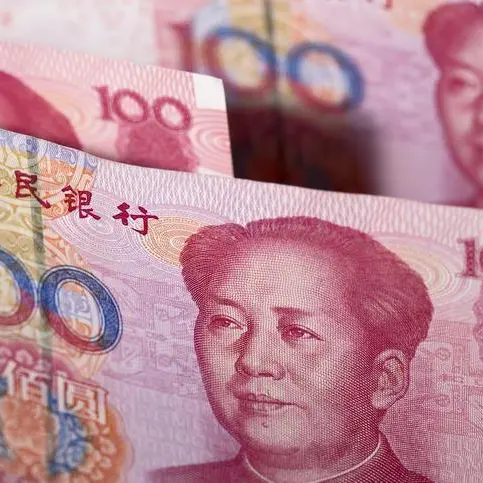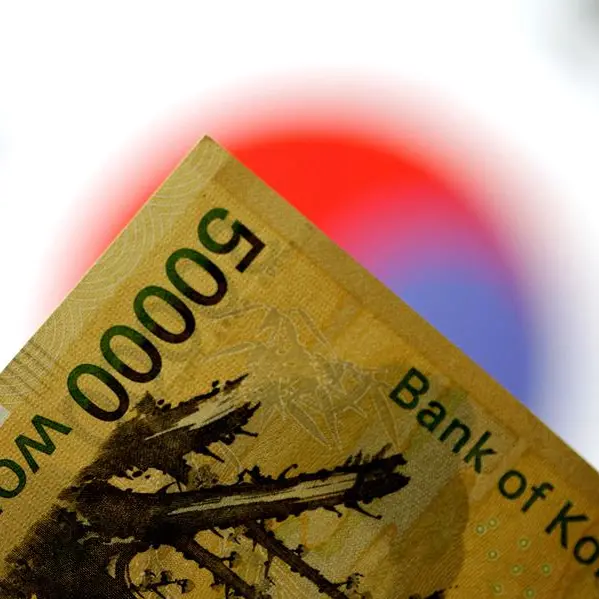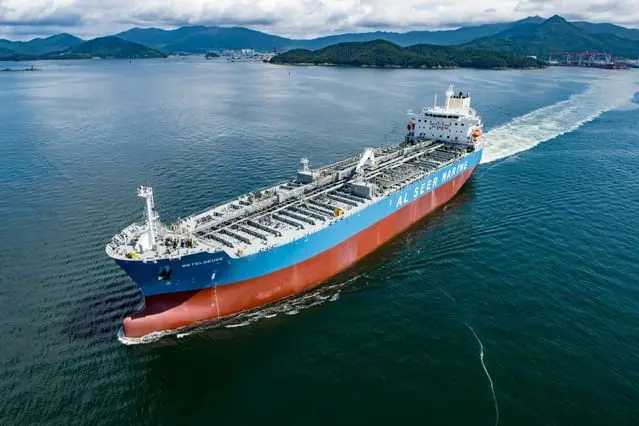PHOTO
Beijing and nearby cities stepped up rescue and recovery work on Tuesday after rains and widespread flooding brought by remnants of Typhoon Doksuri disrupted utility services and food supplies and claimed at least 11 lives.
Beijing's Fangshan district said it will deploy helicopters to drop off food, drinking water and emergency supplies to villages in mountainous areas that have been cut off.
In nearby Tianjin, where rain has become intermittent, 35,000 people have been evacuated from homes and the local government fortified river banks and stepped up the inspection and repairs of power, water and communications lines.
Food delivery giant Meituan also added staff and extended delivery times as orders for vegetables, meat and eggs rose 50% on its app and overall shopping increased 20%, media reported.
The death toll rose to 11 on Tuesday, with another 13 missing, Beijing Daily reported. Two of the victims died during rescue and relief operations, the newspaper said.
President Xi Jinping demanded thorough search and rescue efforts for those missing or trapped, instructing authorities to minimise casualties and restore living conditions to normal as soon as possible, state media reported.
The finance ministry also announced it would allocate 110 million yuan ($15 million) for rescue work in the Beijing-Tianjin-Hebei region.
Doksuri, one of the strongest storms to hit China in years, weakened as it rolled inland and dumped non-stop precipitation in northern cities over a few days. Authorities have warned risks of further floods and other geological disasters remained.
Localised thunderstorms and strong winds were forecast on Tuesday for Beijing, neighbouring city Tianjin and Hebei province, state broadcaster CCTV said, as rainfall stretched into a fourth day.
Rivers have swollen to dangerous levels, prompting Beijing to use a flood storage reservoir for the first time since it was built 25 years ago. As of Monday night, China's capital city had sealed off over 100 mountain roads and evacuated more than 52,000 people from their homes.
Several subway lines in the capital, including trains in western suburbs, were suspended on Tuesday. Beijing's Mentougou district in the west saw dramatic damage a day before, after torrential rains turned roads into rivers, sweeping cars away.
Nearly 400 flights were cancelled on Tuesday and hundreds delayed at Beijing's two airports, tracker app Flight Master showed.
Beijing recorded an average of 260mm (10.2 inches) of rainfall from Saturday to early Monday, with the Changping Wangjiayuan Reservoir logging the largest reading at 738.3mm (29 inches).
The city government said rainfall over the past few days has broken records from a severe storm 11 years ago. In July 2012, Beijing was hit by what was then the strongest storm since the founding of modern China, with the city receiving 190.3mm of rain in one day, affecting more than 1.6 million people.
South of Beijing, in Hebei, precipitation from Saturday to Monday at one local weather station totalled more than the amount normally seen over half a year, with rainfall amounting to 1,003mm (3.3 feet) for the three-day period. Precipitation in the county where the station is located averages 605mm a year.
Doksuri swept through coastal Fujian last week, taking a 14.76 billion yuan ($2.06 billion) direct economic toll on the southeastern province and affecting almost 2.7 million people, with close to 562,000 evacuated from homes and more than 18,000 houses destroyed, state media reported.
As Doksuri fades, Typhoon Khanun was forecast to enter the East China sea on Wednesday morning, possibly affecting China's densely populated Zhejiang province and inflicting further damage to corn and other crops already hit by Doksuri.
($1 = 7.1655 yuan)
(Reporting by Liz Lee, Ryan Woo, Beijing and Shanghai newsroom; Editing by Tom Hogue)
